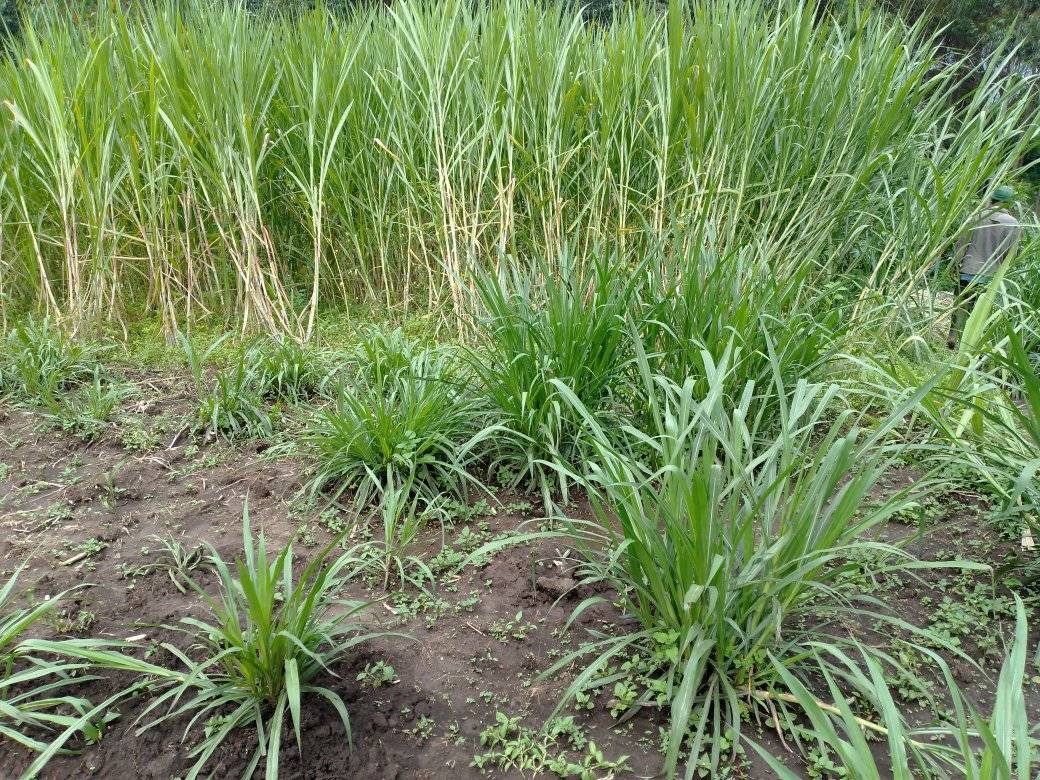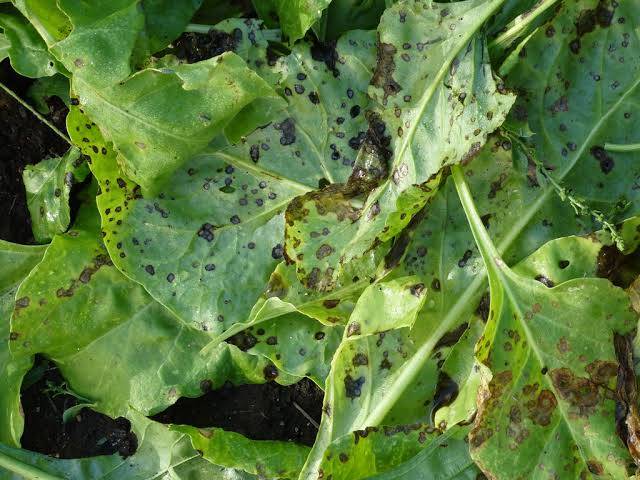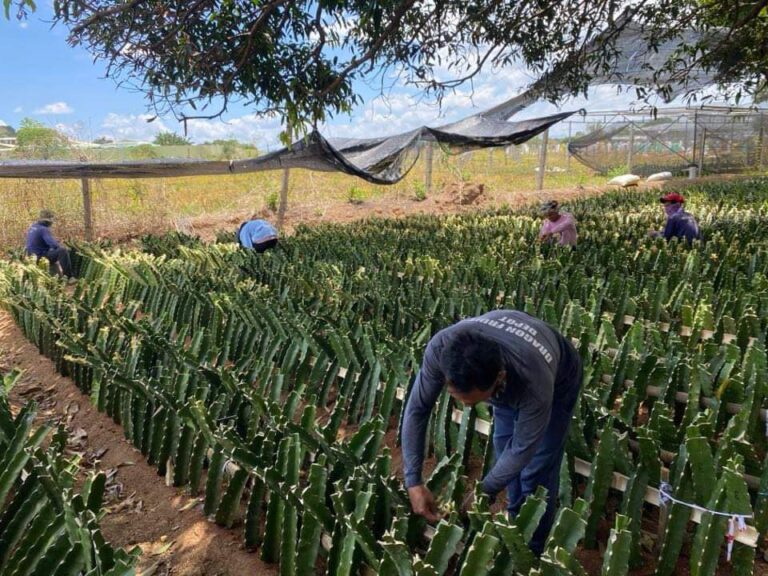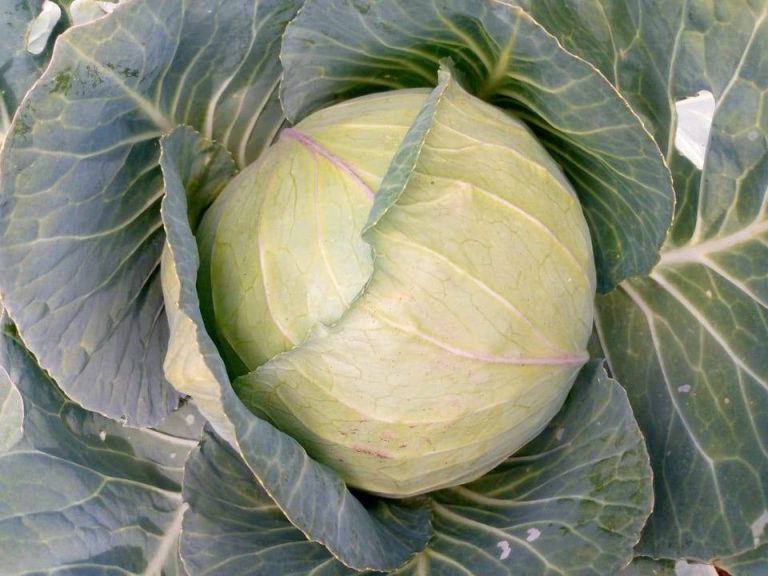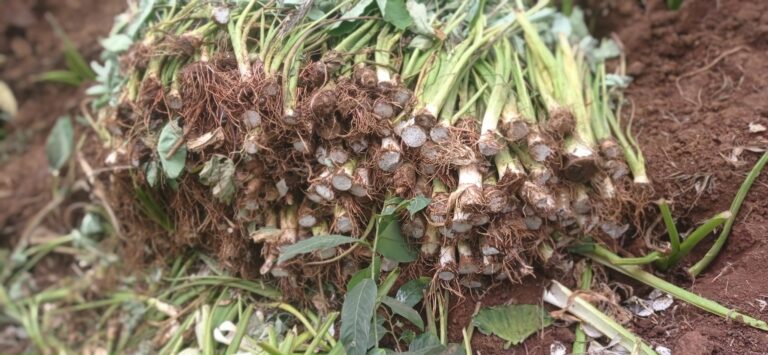Pakchong Napier Grass in Kenya, Spacing, Seeds
Pakchong Napier grass, also known as Pakchong 1 or Super Napier, is a hybrid grass developed in Thailand and known for its high yield and nutritional value. It is a cross between Napier grass (Pennisetum purpureum) and Pearl Millet (Pennisetum glaucum).
Pakchong Napier grass has gained popularity in various countries, including Kenya, for its benefits in livestock feed production.
Benefits of Pakchong Napier Grass in Kenya
- High Yield: Pakchong Napier grass produces a high biomass yield compared to traditional Napier grass varieties. It can yield up to 300 tons per hectare per year under optimal conditions.
- Nutritional Value: It has a higher protein content and better digestibility, making it an excellent forage for dairy cattle, beef cattle, sheep, and goats.
- Rapid Growth: The grass grows quickly and can be harvested multiple times a year, providing a continuous supply of forage.
- Drought Tolerance: While not entirely drought-resistant, Pakchong Napier grass has better drought tolerance compared to other forage crops, making it suitable for various regions in Kenya.
- Pest and Disease Resistance: It has shown resistance to common pests and diseases affecting forage crops, reducing the need for chemical interventions.
Cultivation of Pakchong Napier Grass in Kenya
- Soil Preparation: Pakchong Napier grass thrives in well-drained, fertile soils. Proper soil preparation, including plowing and adding organic manure or compost, is essential for optimal growth.
- Planting: It can be propagated through stem cuttings or root splits. Stem cuttings should have at least three nodes and be planted at a spacing of 1 meter by 0.5 meters.
- Watering: Regular watering is necessary, especially during the establishment phase. In areas with limited rainfall, irrigation may be required.
- Fertilization: Applying nitrogen-rich fertilizers can enhance growth and yield. Organic fertilizers like manure or compost can also be used.
- Weed Control: Regular weeding is important to prevent competition for nutrients and water.
- Harvesting: The grass can be harvested when it reaches about 1 meter in height, typically 45-60 days after planting. Subsequent harvests can be done every 30-45 days.
Uses of Pakchong Napier Grass
- Livestock Feed: Due to its high nutritional value, it is primarily used as green forage, silage, or hay for livestock.
- Soil Conservation: Its extensive root system helps in soil erosion control and improving soil structure.
- Bioenergy: The high biomass yield makes it a potential source for bioenergy production.
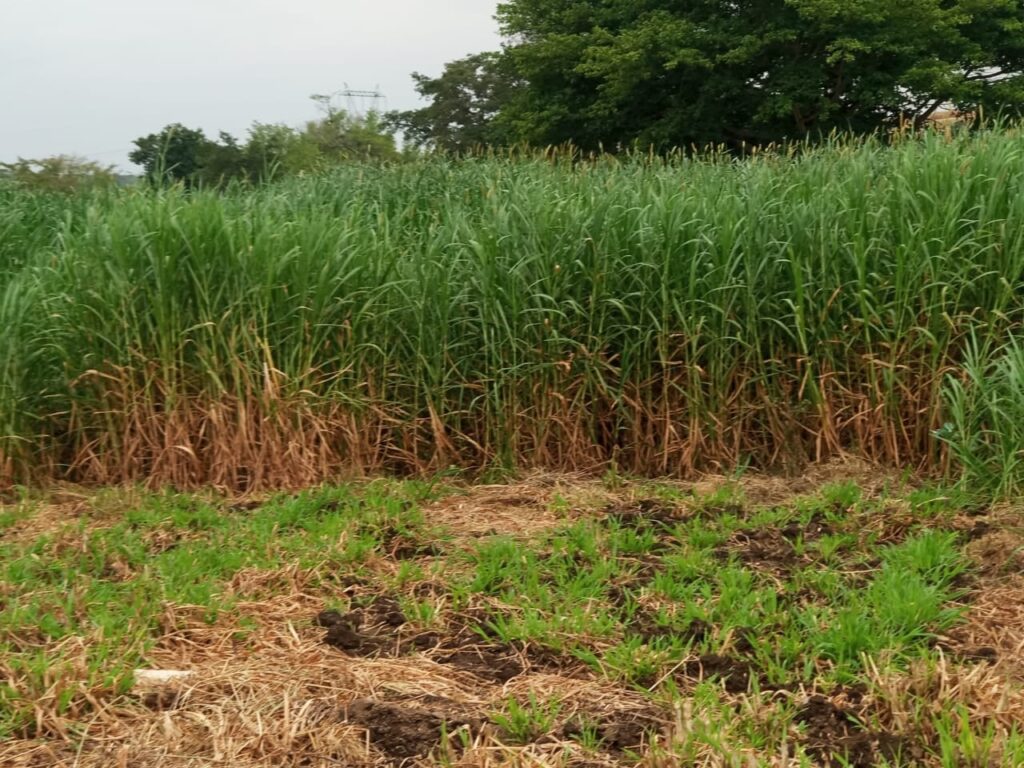
Pakchong Napier Grass Advantages Over Traditional Napier Grass:
- Pakchong Napier has 16-18% crude protein content, significantly higher than the 7-8% in ordinary Napier grass.
- It is a high-yielding variety, capable of producing up to 200 tons per acre per year.
- The stems are smooth and hairless, making it easier to handle compared to traditional Napier.
- It is suitable for silage production due to its high water-soluble carbohydrate content.
- Pakchong Napier is drought-resistant and can be ratooned, meaning it regrows after each harvest.
For planting, Pakchong Napier is propagated using cuttings with 2-3 nodes. The recommended spacing is 1 meter (3 ft) between rows and 1 meter (3 ft) between plants within the row, resulting in a density of 10,000-12,000 stems per acre.
The cuttings should be planted at a 30-degree angle, with two nodes buried in the soil and one node above ground. Proper land preparation, fertilization, and weed control are also important for successful Pakchong Napier cultivation.
Pakchong Napier Grass Disadvantages
- Not recommended for hay making due to high moisture content, affecting storage and quality).
- Susceptible to lodging, especially in adverse weather conditions, impacting harvesting and forage quality.
- Requires careful management and regular pruning to maintain nutritional quality, which may be labor-intensive for farmers.
- Nitrogen-dependent, potentially increasing production costs due to the need for nitrogen-rich fertilizers.
- Possibility of disease outbreaks and quality variability influenced by soil fertility and climate conditions .
What Is The Difference Between Juncao And Pakchong Napier Grass?
The main differences between JunCao and Pakchong Napier grass are:
- JunCao has 13-15% crude protein content, while Pakchong has 16-18% crude protein.
- JunCao is a hybrid of 46 grass varieties from North and West Africa, while Pakchong is a hybrid cross between ordinary Napier grass (Pennisetum purpureum) and pearl millet (Pennisetum glaucum).
- JunCao stems are smooth and friendly to farmers, while Pakchong leaves are also smooth and hairless.
- JunCao is high-yielding, producing up to 180 tons per acre per year, while Pakchong is even higher-yielding at 200 tons per acre per year.
- JunCao is suitable for feeding cattle, pigs, chickens, goats and fish, while Pakchong is specifically recommended for improved milk and meat production..
- Both varieties are drought-resistant, suitable for silage production, and can be ratooned (regrow after each harvest)
